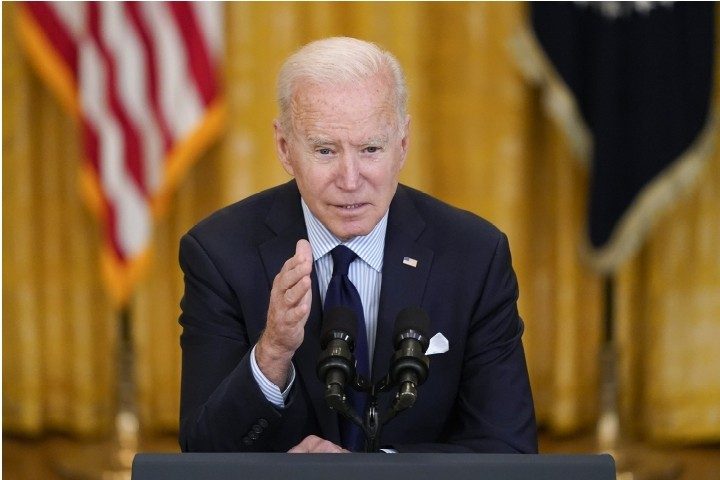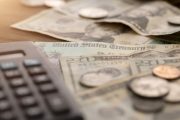
On May 7, the U.S. Bureau of Labor Statistics released an Employment Situation Summary that showed total non-farm payroll employment rose by 266,000 in April, and the unemployment rate was little changed at 6.1 percent. The economists describe the numbers as a “huge disappointment,” since some forecasters had predicted payroll gains of at least one million, pointing to a rapid economic growth this year as the nation is emerging from the COVID lockdowns in which 9.8 million people remain unemployed. Data for March were revised down to show 770,000 jobs added instead of 916,000 as previously reported. That left employment 8.2 million jobs below its peak in February 2020.
The report shows a stark divide among workers, both in their ability and desire to get jobs and hang onto them.
While millions of people were laid off last year, many white-collar workers were able to work from home. Still, this is a relatively small segment of the workforce. The Labor Department said just 18.3 percent of employed people were “teleworking” in April, down from 21 percent the previous month. Working from home is an option open to precious few workers.
The black unemployment rate rose slightly to 9.7 percent, “making Black workers the only racial and ethnic group (as a whole) to experience worsening metrics,” according to Elise Gould, senior economist with the Economic Policy Institute, a progressive think tank. “Meanwhile, the white unemployment rate fell to 5.3%. Clearly, these two groups are experiencing a very different labor market.”
Also left without jobs are many temporary workers. “As shops and restaurants reopened, it looks as if a lot of delivery and temporary help services jobs vanished,” Brian Coulton, chief economist at Fitch Ratings, said. “The small rise in the unemployment rate, along with the downward revisions to job gains in March, emphasize just how far away we still are from regaining full employment.”
At the same time, many employers are actively looking to hire as COVID-19 restrictions are lifted, but reportedly experience difficulty finding workers, particularly in lower-paying industries such as food service and retail.
Observers say the latest figures suggest that President Biden’s aggressive $1.9-trillion American Rescue Package is a major disincentive for people to look for employment. The first COVID relief bill, enacted at the beginning of the pandemic, increased unemployment benefits by $600 per week. The subsequent rescue package, passed in a Democratic party-line vote, added a $300-per-week bonus for unemployment insurance, which reportedly resulted in people losing impetus to work. Reportedly, a person who earned $32,000 before the pandemic can now get more from a combination of state and federal unemployment benefits than he could from his job. People are also allowed to claim benefits for up to 39 weeks — nearly ten months — whereas before, it was capped at 26 weeks.
“Government paying people more to stay home than to work has crushed the ability of businesses to get workers back, and this jobs report is evidence of that,” stated Adam Brandon, president of the conservative FreedomWorks advocacy group.
Nationwide Mutual chief economist David Berson said the April numbers raise the question of “whether this relatively weak employment report is a sign of a weakening demand or a sign of lack of supply.” Within that question is whether unemployment benefits, which provide $300 above what recipients normally would get, are too high. He also wondered whether a skills mismatch is at play, if it’s a matter of schools yet to reopen, or if business start-ups are lagging. “All of these probably are playing a role,” he believes.
Biden administration officials agree that “paying people not to work is dampening what should be a stronger jobs market.” U.S. Chamber of Commerce Executive Vice President and Chief Policy Officer Neil Bradley said in a statement following the job report, “We need a comprehensive approach to dealing with our workforce issues and the very real threat unfilled positions poses to our economic recovery from the pandemic.”
During an appearance on CBS News’ Face The Nation, U.S. Secretary of Commerce Gina Raimondo, however, refuted the notion that the Biden administration’s expansion of unemployment benefits contributed to the poor April jobs report that missed economist expectations. “The reason people aren’t getting back to work is fear [of COVID-19],” Raimando stated.
While Republican governors across the country are looking to slash additional coronavirus-related jobless benefits in an effort to spur job creation, President Biden believes that the economy is “on the right track.” “Quite frankly, we’re moving more rapidly than I thought we would,” he said, remarking that he always felt the recovery would be a “marathon” not a “sprint,” and, seemingly referring to Trump, complained that “When we came in, we inherited a year of profound economic crisis and mismanagement on the virus.” President Biden also underlined that “Today’s report makes clear: Thank goodness we passed the American Rescue Plan. Help is here, and more help is on the way, and more help is needed,” meaning he is sticking to this counterproductive economic approach.




